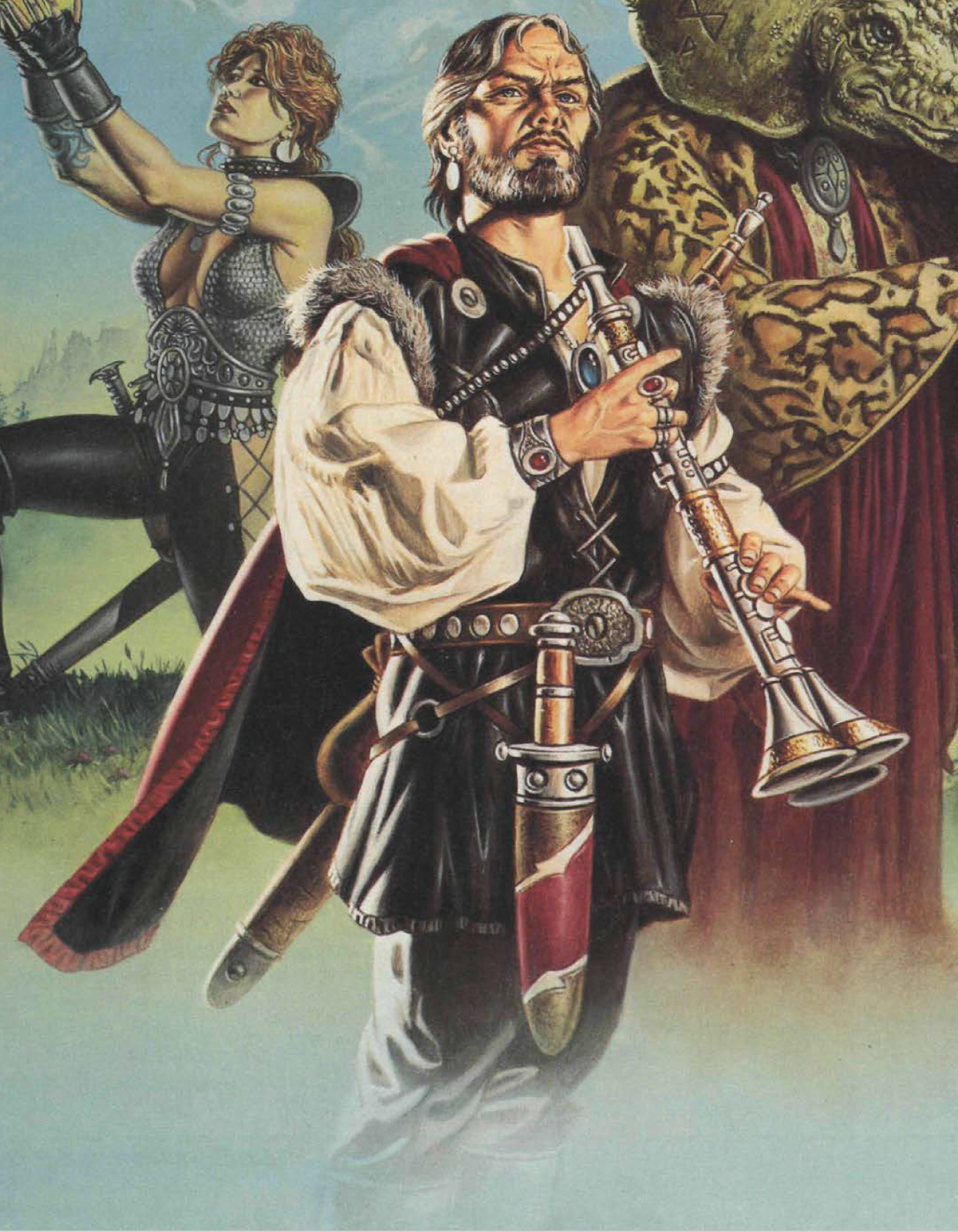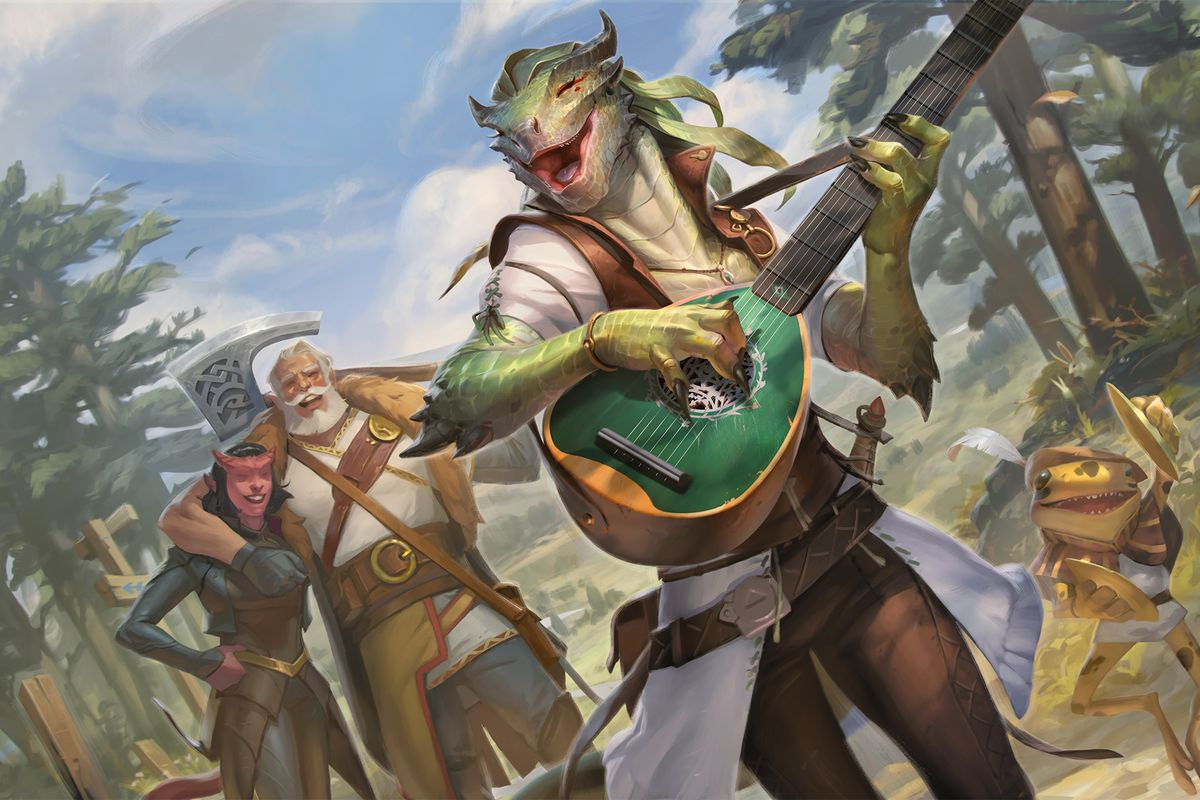On the Virtues of Descending AC

I know, I know. Addition is easier than substraction, what kind of backwards grognard do you have to be to like descending AC in 2024? I get all that. But hear me out for a moment. My argument is that whilst ascending AC may be marginally easier to calculate to begin with, descending AC offers something different - A more intuitive appreciation of what the numbers mean and how they are bounded. AD&D Armors We'll start at the very beginning. Before that, even. An early draft for the first version of D&D: Target20 was basically the original conception. Deduct AC from 20 and you have your attack target roll. Which is of course also how one converts descending AC to ascending. One wonders why they didn't just include this explanation to begin with, alongside a +to hit modifier, instead if messing with THAC0. The math in the draft is a bit off, but it suggests another, even more intuitive, layer. If we stipulate that one must exceed the AC and not just meet it, it means t






